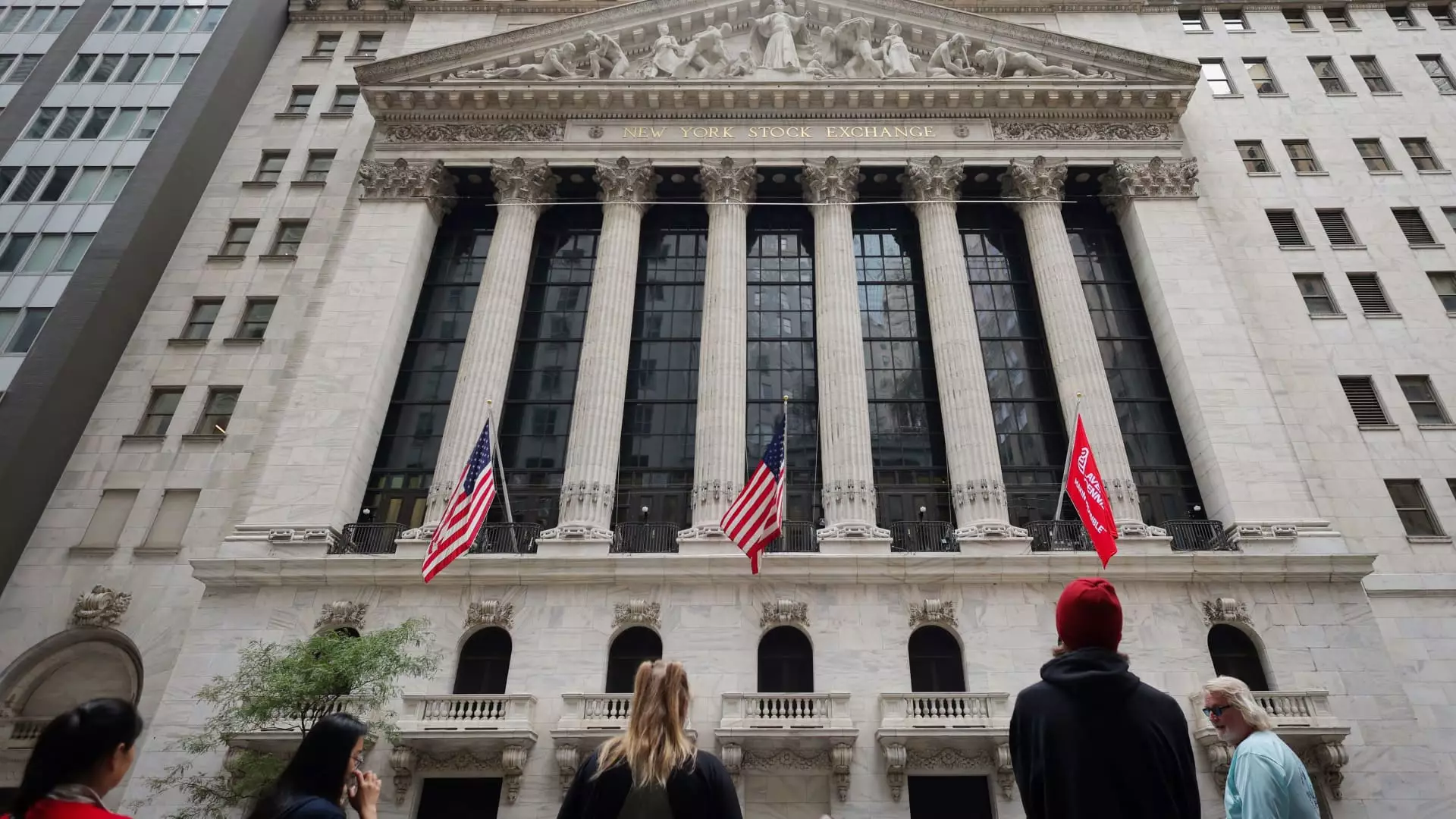As the financial landscape evolves, the recent uptick in U.S. Treasury yields has attracted considerable attention from investors and economists alike. This phenomenon can be distilled into a straightforward principle: investors are increasingly seeking higher returns to compensate for the risks associated with purchasing government debt. However, a deeper inspection reveals critical underlying factors contributing to this trend, which may dictate its longevity and market implications.
At the heart of the yield increase lies a concept known as “term premium.” This measure, though inexact, encapsulates the additional yield that investors demand for committing their capital to long-term government securities like Treasury bonds. In early September, the term premium was alarmingly low at just 3.5 basis points—a sign that the market was, perhaps naively, complacent. Following the Federal Reserve’s decision to cut interest rates by 50 basis points later that month, the term premium for holding a 10-year zero-coupon note surged by approximately 30 basis points, marking a notable shift in investor sentiment and reflecting a recalibration of perceived risk.
Furthermore, the correlation between the term premium and Treasury yields is pronounced; as the term premium rises, so do overall Treasury yields. The 10-year yield, for instance, skyrocketed by nearly 50 basis points post-rate cut, while the shorter 2-year note mirrored this trend, underscoring a pervasive risk-off sentiment among investors. With increasing yields come implications for stock markets, which often react negatively to rising rates as borrowing costs climb.
Market analysts have identified three primary catalysts spurring the increase in yields. First and foremost, robust economic data—such as unexpectedly high retail sales figures—has emboldened investor expectations about the resilience of consumer spending. Secondly, ongoing worries about the U.S. government’s fluctuating fiscal circumstances have exacerbated uncertainty. The recent announcement of a staggering $1.8 trillion budget deficit for fiscal 2024, combined with debt financing expenses surpassing $1.1 trillion, has illuminated the precariousness of public sector debt, which is inching toward an alarming $100 trillion mark globally.
Thirdly, rising anticipation regarding the upcoming presidential election—specifically regarding Donald Trump’s potential victory—has injected an additional layer of volatility. Market behavior often aligns with prevailing political narratives, and an electoral landscape perceived as favorable to Trump’s policies has shifted investor confidence, contributing to the rise in Treasury yields.
The increasing Treasury yields present a complex puzzle for the Federal Reserve as they prepare for their next meeting on November 7. Currently, market participants are largely expecting another interest rate cut, possibly by 25 basis points, yet the growing uncertainty surrounding December’s monetary policy presents a quandary. Notably, remarks from financial analysts indicate that the surge in yields is indicative of stronger real interest rates and stronger-than-expected economic indicators—factors that could dissuade the Fed from further rate reductions.
Joseph LaVorgna, chief economist at SMBC Nikko Securities, aptly notes that if the rise in term premium correlates directly with economic robustness, there may be little justification for additional cuts. The elevated yields can thus be framed as a market-generated response to fiscal realities and economic performance, positioning the Fed at a crossroads: to prioritize stimulus or to address swelling inflation expectations.
The rising Treasury yields are a manifestation of a complex interplay among economic data, fiscal health, and the political climate. Investors are recalibrating their expectations, demanding higher compensation for perceived risks, and navigating the intricate landscape of economic signals. As the Fed deliberates its forthcoming actions, market uncertainty remains palpable, and the implications of these trends will warrant close scrutiny in the months ahead. Ultimately, how these dynamics converge will have lasting repercussions on the economy and the investment environment as a whole, possibly shaping fiscal policy and financial markets well into the next year.

